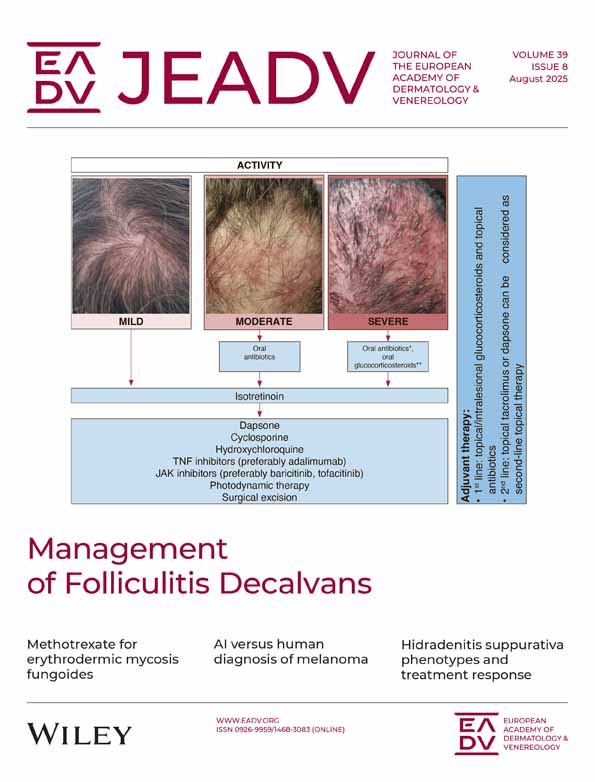Lycopenaemia
Abstract
Over the last few years, carotenoids have been studied extensively for their antioxidant activity and the supposed protective effects against cancer, in particular those of the digestive tract.1–4 Consumption of carotenoids as anti-ageing agents is also widely diffuse.5 Moreover, the diffusion of slimming and vegetarian diets, and thus the consumption of fruit and vegetables, which contain large amount of carotenoids, is increasing. On the other hand, the excessive dietary intake of carotenoid-containing foods may cause different afflictions characterized by a ‘yellow–orange’ discoloration of the skin.6–8 One of these carotenoids, the lycopene, present in high concentrations in tomatoes, may cause a rare cutaneous disease called lycopenaemia.9




